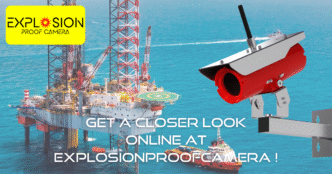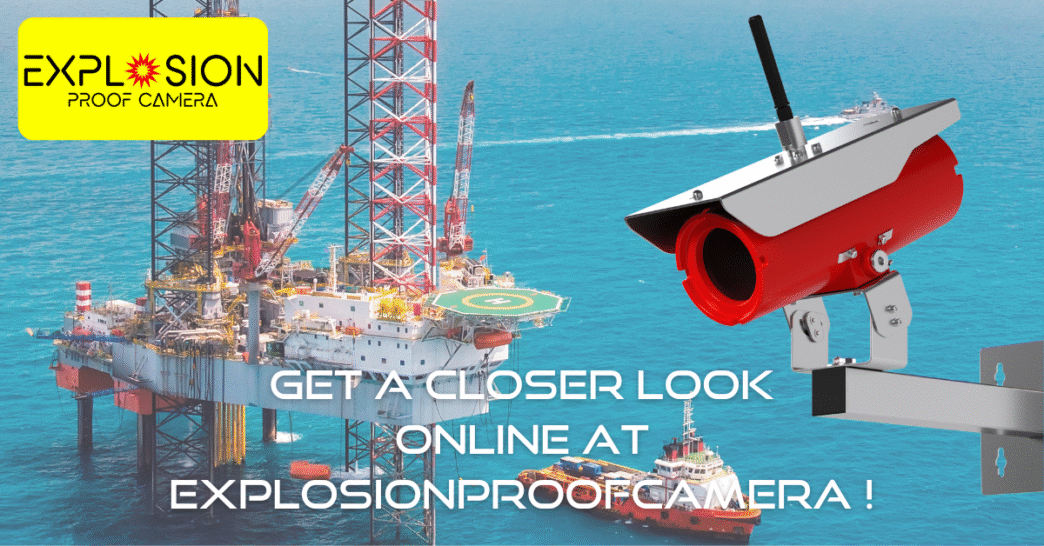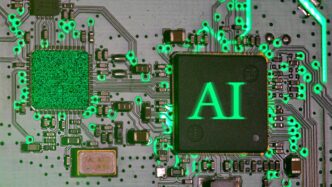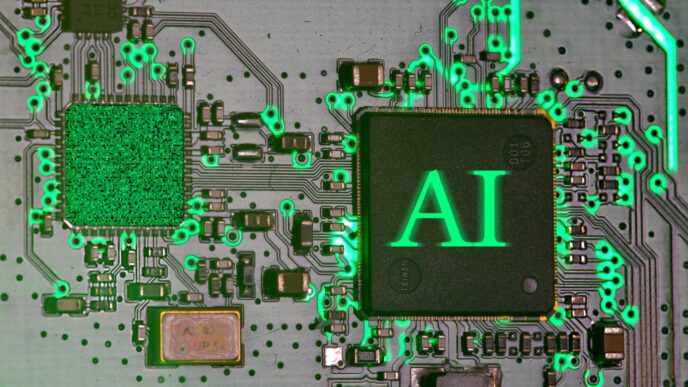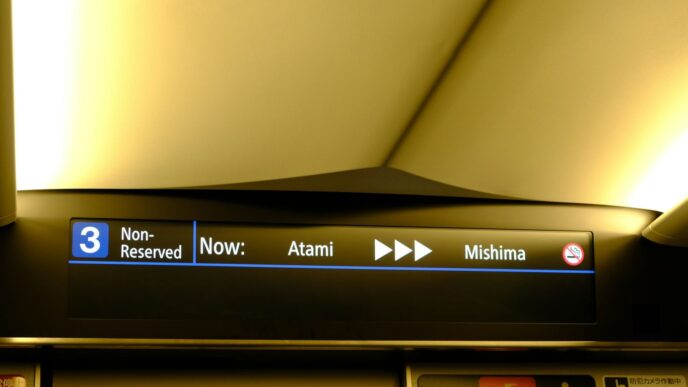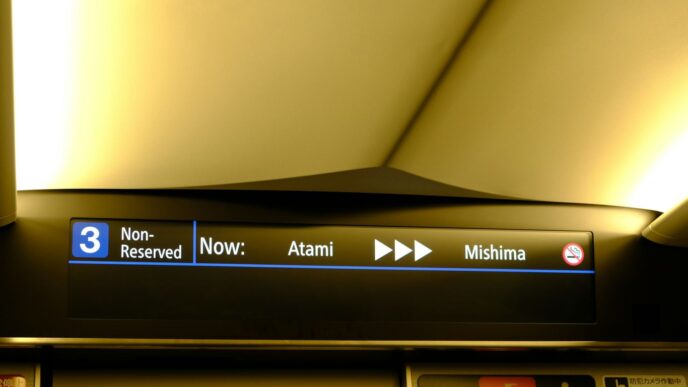Oil and gas facilities are among the most dangerous workplaces in the world. From drilling rigs and refineries to storage depots and pipeline terminals, these environments operate under constant threat from flammable gases, combustible vapors, and high-pressure equipment. For safety managers and operations teams, maintaining a clear, real-time view of these high-risk zones is not optional—it’s mission-critical.
Standard security cameras are ill-equipped to survive, let alone perform, in such volatile conditions. That’s where explosion-proof cameras come in. These rugged, specially designed surveillance tools provide the safety, visibility, and intelligence needed to monitor operations and respond to threats before they escalate.
Built for the World’s Harshest Environments
Unlike conventional security systems, explosion-proof cameras are engineered to operate without igniting flammable atmospheres. The housings are built from corrosion-resistant, non-sparking materials and are completely sealed to prevent the intrusion of gas or dust. Most importantly, these units are certified by international safety bodies like ATEX, IECEx, and UL, ensuring they comply with strict global standards for hazardous environments.
In oil and gas, these cameras are often deployed in classified areas—zones where an explosive atmosphere is present for short or extended periods. That includes drill sites, tank farms, gas compression units, and flare stacks. The cameras can monitor for leaks, unauthorized access, abnormal behavior, or mechanical failure, all while reducing the need for human presence in dangerous zones.
High-Tech Surveillance That Does More Than Watch
Today’s explosion-proof surveillance systems go far beyond basic video recording. Equipped with high-resolution imaging, thermal vision, smart alerts, and remote access, they deliver actionable insights that can prevent costly shutdowns—or worse, catastrophic accidents.
Thermal cameras can detect temperature spikes that may signal equipment overheating or leaking valves. Motion detection capabilities can identify unusual activity during off-hours. With night vision and low-light performance, critical areas stay monitored 24/7, regardless of lighting conditions.
One of the most impactful innovations is the integration of analytics and AI. Smart cameras can track patterns, flag anomalies, and even detect PPE compliance—all in real-time. These features reduce the cognitive load on human operators while speeding up the response time to safety risks.
Remote Monitoring in Real Time
Explosion-proof cameras also enable remote oversight, a critical benefit in large or offshore oil and gas operations. Operators can stream footage from these cameras directly into SCADA systems, control rooms, or mobile apps, reducing the need for onsite inspections. This capability is especially important in emergency scenarios or during severe weather events when access to specific zones may be restricted.
For example, during a pressure release or gas leak, having instant access to visual data can help response teams take immediate and informed action without putting lives at risk.
Reliable Solutions from Industry Leaders
Choosing the right explosion-proof camera for your operation means balancing safety compliance, imaging performance, and system compatibility. Leading providers like ExplosionProofCamera.com offer purpose-built solutions that check all the boxes. Their lineup includes IP-based, thermal, PTZ (pan-tilt-zoom), and fixed cameras designed specifically for oil and gas, chemical processing, and other hazardous industries.
Conclusion
The oil and gas industry demands precision, durability, and constant vigilance. Especially when lives and critical infrastructure are on the line. Explosion-proof cameras bring that vigilance to life, giving teams the tools they need to prevent incidents. It also allows them to maintain compliance, and protect both assets and personnel.
As these technologies continue to evolve, they are redefining what it means to stay safe in the world’s most dangerous work environments—making it clear that when it comes to industrial security, seeing is more than believing. It’s survival.

